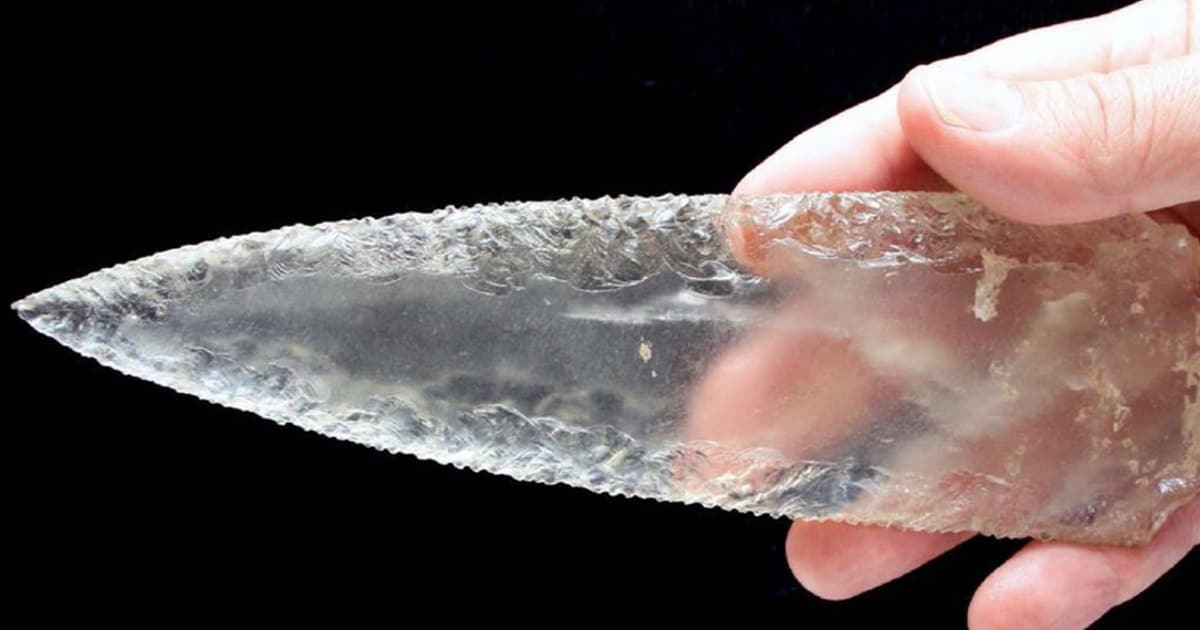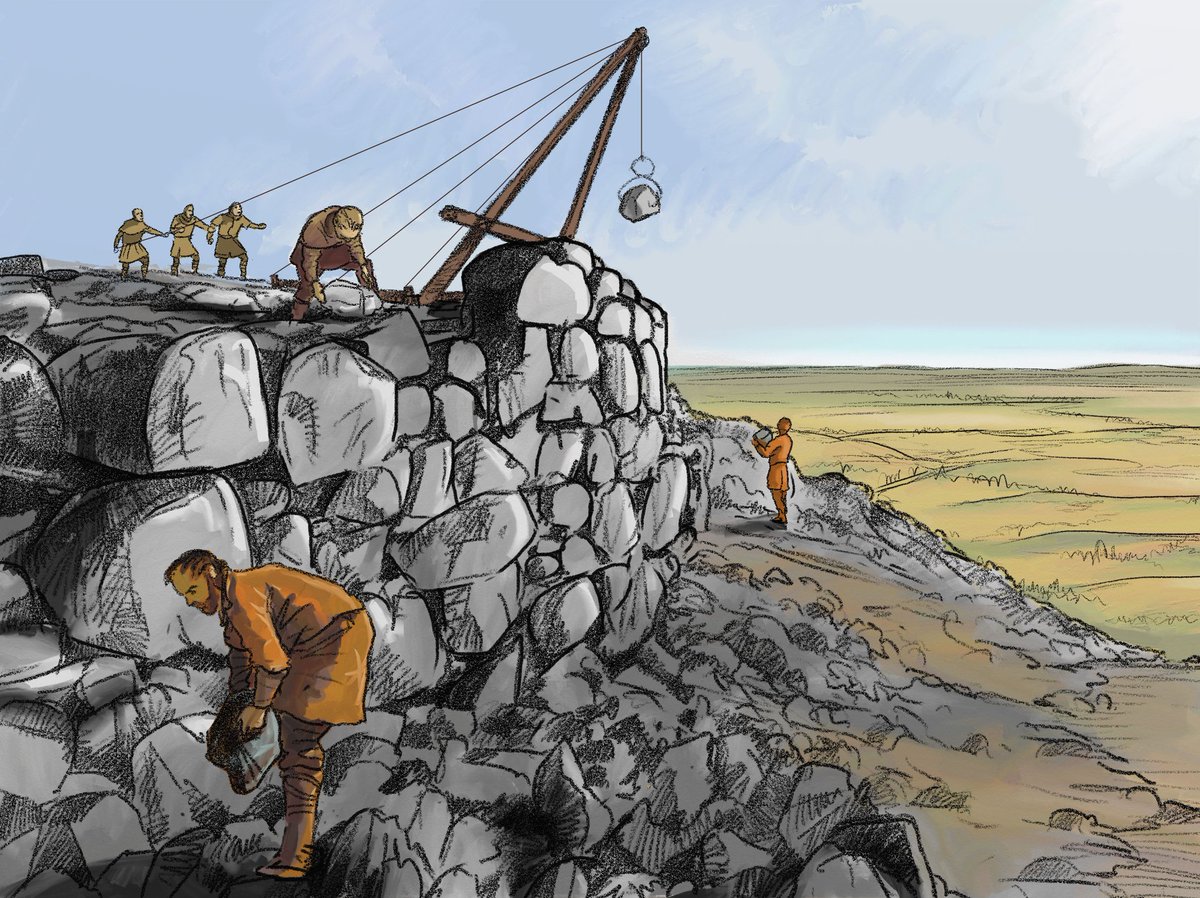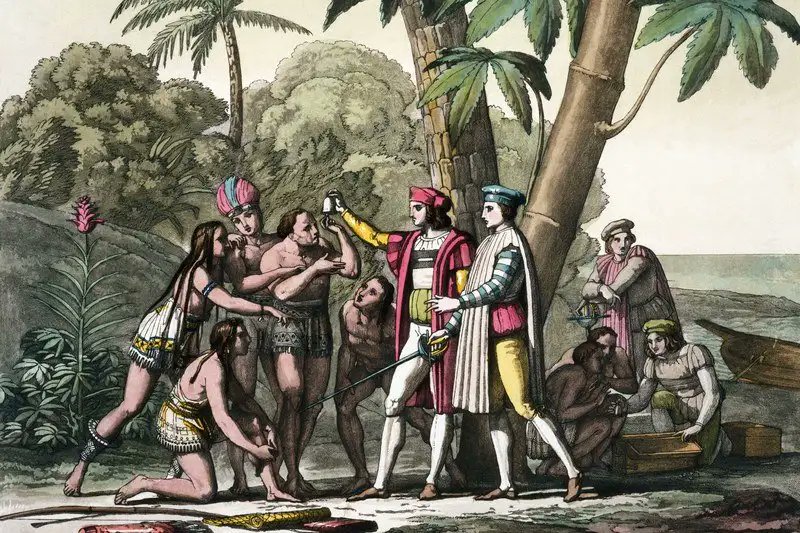How to get URL link on X (Twitter) App

 First, I recommend you read my thread about Tholos de Montelirio since both stories are closely related, being part of the archaeological site of Valencian de la Concepción.
First, I recommend you read my thread about Tholos de Montelirio since both stories are closely related, being part of the archaeological site of Valencian de la Concepción. https://twitter.com/Ulysses_Scheria/status/1678039292092768258



 Discovered in 2007, Tholos de Montelirio has become one of the most important archeological sites for understanding the ancient cultures of Southern Iberia during the Copper Age. It's a burial mound from 2850-2700 BC located near Castilleja de Guzmán (Seville, SW Spain),
Discovered in 2007, Tholos de Montelirio has become one of the most important archeological sites for understanding the ancient cultures of Southern Iberia during the Copper Age. It's a burial mound from 2850-2700 BC located near Castilleja de Guzmán (Seville, SW Spain), 


https://twitter.com/Ulysses_Scheria/status/1642876032058368001
 According to legend, at some point close to the death of Alfonso II (842 AD), given the lack of aid and protection from the Kingdom of Asturias (added to their isolation), the early Castilians decided to be more autonomous.
According to legend, at some point close to the death of Alfonso II (842 AD), given the lack of aid and protection from the Kingdom of Asturias (added to their isolation), the early Castilians decided to be more autonomous. 





 CONTEXT
CONTEXT




 The Caribs represented the last wave of peopling in the Caribbean before the European colonization, following the footsteps of the Arawaks several centuries ago, emerging from the Orinoco River in Venezuela, sailing to the Antilles, even reaching the Bahamas.
The Caribs represented the last wave of peopling in the Caribbean before the European colonization, following the footsteps of the Arawaks several centuries ago, emerging from the Orinoco River in Venezuela, sailing to the Antilles, even reaching the Bahamas. 


